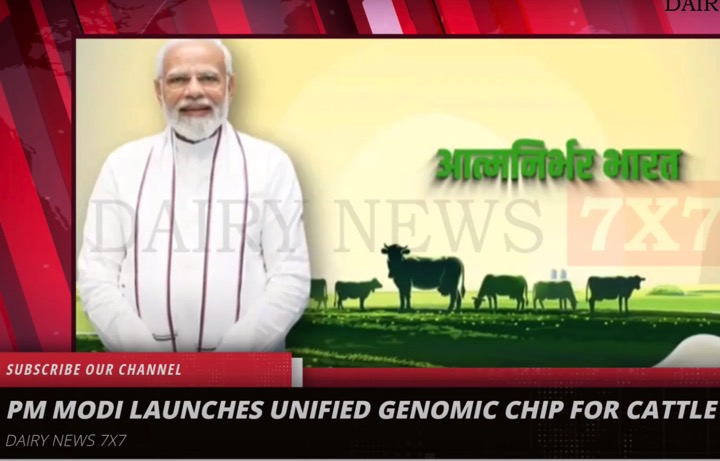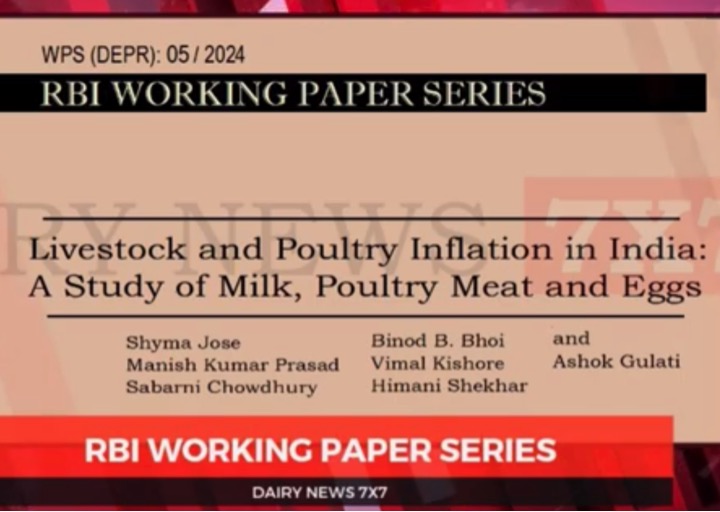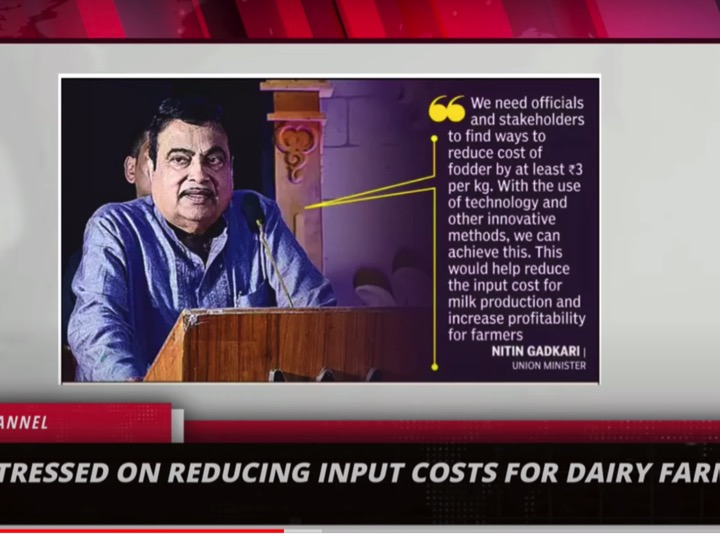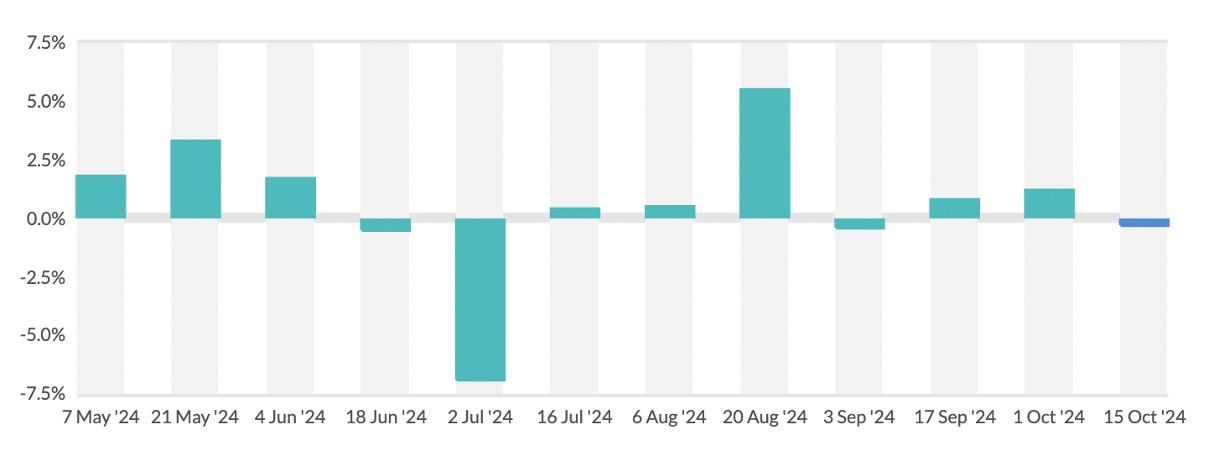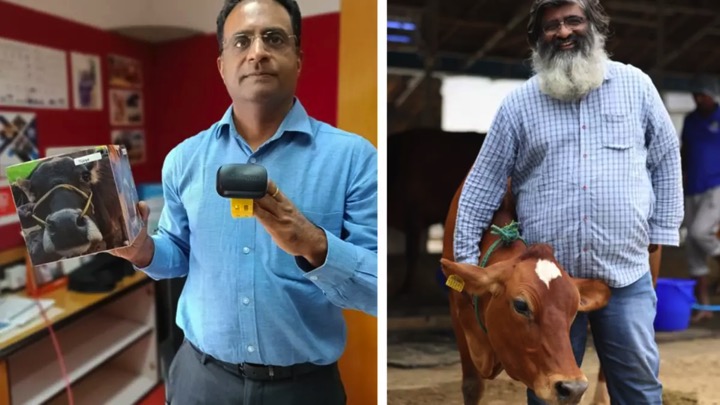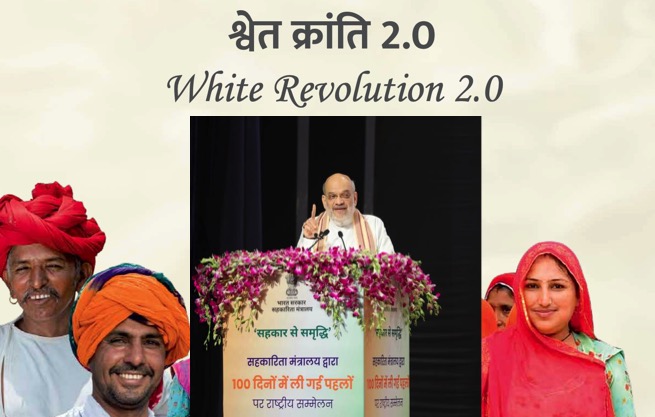This book is yet another attempt to decode the late Dr Verghese Kurien, also known as ‘milk man of India’ who transformed the dairy sector through a three-tier cooperative model of dairy farmers, transforming the nation from being milk deficient to the world’s biggest producer of milk. The book captures the essence of Kurien’s pragmatic leadership and his many accomplishments in the development of cooperative societies, which played a critical role in the ‘white revolution’. It was sheer fate that landed Kurien in Anand, Gujarat where a small group of farmers were forming a cooperative, Kaira District Cooperative Milk Producers’ Union Limited (better known as Amul), to sell their milk.
The book narrates the challenges Kurien faced after joining the Kaira District Co-operative Milk Producers’ Union (KDCMP), especially seasonal fluctuations in milk production and management of surplus milk by converting it into milk powder that could be reconverted into milk during lean summer months.
The book captures the relationship Kurien had with Tribhuvandas Kishibhai Patel, then chairman of KDCMP, who hired him in 1950. Under Patel’s leadership and Verghese Kurien’s commitment, many organisations were started in Anand, including the Gujarat Cooperative Milk Marketing Federation (GCMMF), National Dairy Development Board (NDDB) and Institute of Rural Management Anand. The book also portrays Kurien’s partnerships with prominent Indian leaders Sardar Vallabhbhai Patel, Lal Bahadur Shastri and Jawaharlal Nehru. A special event that the book narrates is when prime minister Lal Bahadur Shastri visited Anand in 1964 and interacted with dairy farmers to assess the success of dairy cooperatives in Gujarat in an effort to replicate them in other states. After spending a night in Ajarpura village of Anand taluka of Gujarat, Shastri said “there are no different conditions of dairy in the village compared to other parts of the country”. In response to Shastri’s observation, Kurien had said, “The dairy here is owned by farmers themselves.” Thus began the replication of the Anand model of cooperatives’ structure across the country and subsequent launch of ‘Operation Flood’ in the early 1970s and development of ‘national milk grid’ that connected dairy farmers to 700 towns across the country.
This book authored by Meenakshi follows several books on Kurein’s role in developing milk cooperatives, including his autobiography I Too Had a Dream, published in 2006. Kurien’s story is also the story of India’s dairy industry. Just to recall Kurien’s words: “AMUL always operated as a business enterprise—but at all times keeping in mind that the business was to maximize the price paid for the milk, not in order to maximize the dividend as is the case in the private sector.” With the success of Operation Flood which propelled India to the world’s top producer of milk by 1997, several countries like Pakistan and Sri Lanka sought Kurien’s help in setting up cooperatives in their respective countries. In Kurien’s words, “If our cooperatives had not been around, we would still be importing baby food, condensed milk and sundry other dairy products just as our neighbouring countries are doing.”
The author confines Kurien’s story to the success of dairy cooperatives and emergence of Amul as one of the biggest cooperatives in the world. There is no mention of Kurien’s huge differences with NDDB and GCMMF, an issue on which his autobiography also does not dwell on much. The fundamental difference between dairy cooperative development in the post-Kurien phase has been that he would have differed in the manner Amul has emerged as the biggest cooperative operating across states, while a large number of states cooperatives are struggling hard.
Verghese Kurien: The Man Who Brought Milk to a Million Homes
MS Meenakshi
Niyogi Books
Pp 176, Rs 299







